
- STORY
- UNIST’s achievements in second-half of 2021
content area
Story
-
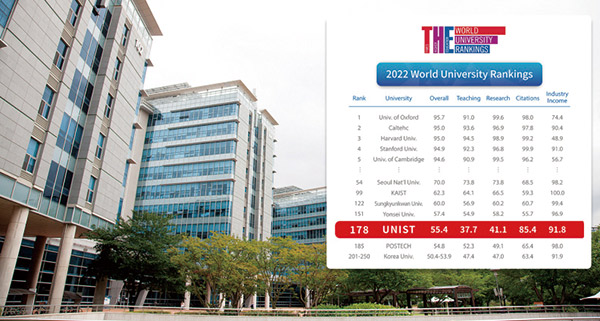
- UNIST, 2022 THE World University Rankings 5th in S. Korea, 178th in the world
- UNIST has ranked 5th in Korea based on The World University Rankings. The Times Higher Education of England announced the 2022 World University Rankings on September 2, 2021. This year’s evaluation reviewed 1,662 universities worldwide. UNIST ranked 5th in Korea and 178th in the world through this evaluation. In the 2020 evaluation, UNIST ranked 7th in Korea, whereas the rankings were 6th in 2021 and 5th in 2022, showing a steady rising trend.
-
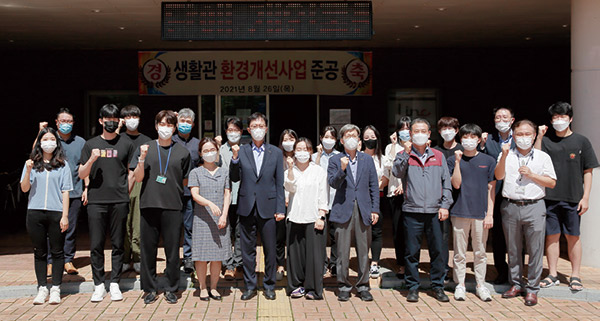
- Newly renovated UNIST dormitory promising an improved environment
- The first UNIST dormitory (Buildings 301, 302, 303) has been newly remodeled through the environmental improvement project. The completion ceremony of environmental improvement construction for the first dormitory was held on August 26 in the students’ cafeteria of the building 300, and representatives of students, faculties and college staffs, and parties of construction looked around the improved environment. UNIST has come up with the TFT for the enhancement of living conditions to promote projects for improvement in food quality of the student cafeteria and the dormitories’ environment. The dormitories of UNIST established a system of a head for each building and a general office through the improvement project for the dormitory community in 2011 followed by the improvement of the first dormitory’s indoor environment.
-
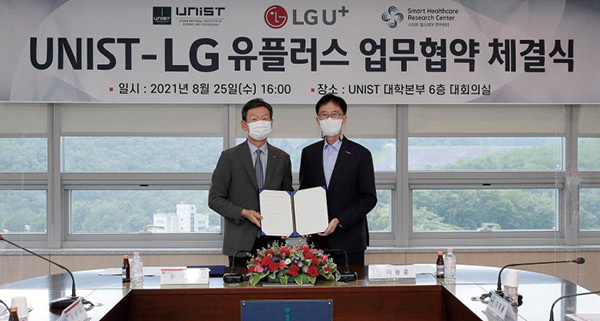
-
UNIST and LG Uplus joining hands to carry
forward a smart healthcare project - UNIST and LG Uplus have stepped forward to collaborate in a project to develop a smart healthcare solution. The institutes concluded a MOU in the College Center on August 25 to promote the collaboration to develop and demonstrate a smart healthcare solution and to discover business opportunities. Through the present MOU, UNIST Smart Healthcare Research Center and LG Uplus plan to ▲ demonstrate the smart healthcare solution and carry out a common project; ▲ discover a solution for Ulsan Comprehensive Industrial Accidents Hospital that is scheduled to open in 2025; and ▲ promote a joint proposal for a healthcare cluster in parallel with the establishment of a national demonstrative smart city in Pusan.
-
UNIST and LG Uplus joining hands to carry
-
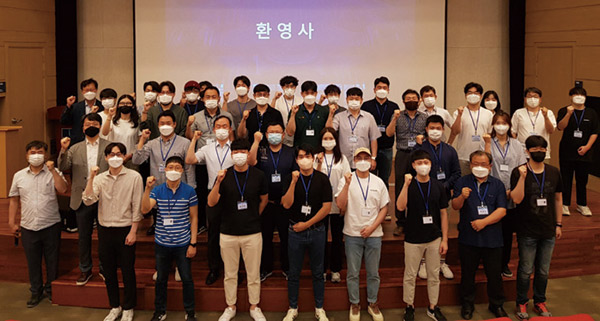
- Admission of new students for the second term of AI Novatus Academia that contributes to industrial innovation in the region
- Last July 30, the entrance ceremony for the second term of AI Novatus Academia was held at the UNIST AI Innovation Park. A total of 37 staffs from local industries participated in the ceremony that initiated the five months of education and practice through which students will find a new direction as AI professionals. For the first two months, they will take the classes for AI theory and education and for the next three months, they will carry out the projects by utilizing real data from the companies to come up with tasks to practice. AI Novatus Academia is an AI education program for staffs and workers of local companies in Pusan, Ulsan and Gyeongnam areas.
-
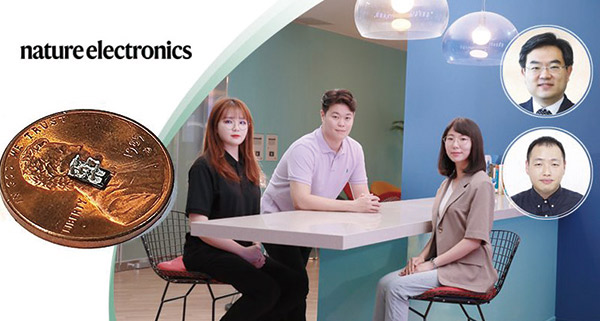
- Development of manufacturing techniques for a micro thermoelectric module that is smaller than the width of a person’s fingernail
- Professors Sohn Jae-Sung and Chae Han-Ki of the Department of Materials Science and Engineering in UNIST were successful in developing a thermoelectric module sized in the hundreds order of micro meter (10-6m,μm); this module will be applied in thermoelectric generators. They gave credit to the development of an ink with thermoelectric material that enables direct 3D ink writing. Professor Chae Han-Ki said, “It would have been impossible to produce the thermoelectric module with a high aspect ratio through the previous production process.” He explained, “The differentiation of developed 3D printing technology is the fact that we can make high—notch material to a desirable super finite structure without declined physical property.”
-
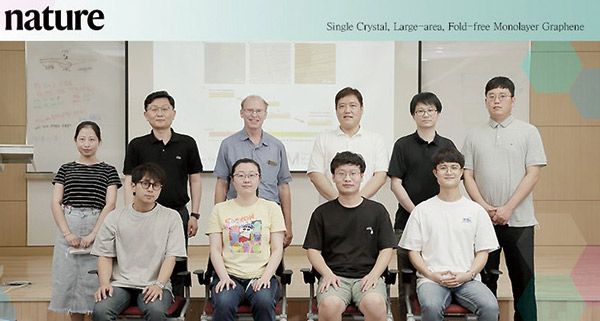
- Thesis on the world’s first faultless graphene posted on the magazine ‘Nature’
- The special training professor Rodney Ruoff (Director for Research on IBS Multi-Dimensional Carbon Materials) and his team has succeeded in the development of the world’s first perfect single crystal graphene of large area without folding and laminating layers. Through this research, it is now possible to create high performance direct circuits with constant efficiency regardless of the location and direction of materials by utilizing the prefect single crystal graphene of large area. The present performance was posted on the world’s highest authority magazine, Nature (IF 49.962) on August 26 (time zone of Korea).
-
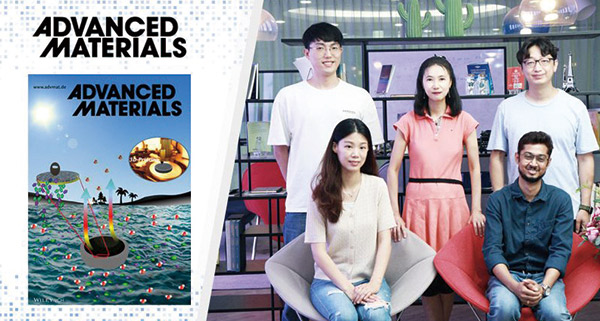
- Developed a desalination system using solar energy prospective to resolve the drinking water crisis in developed countries
- Professor Chang Ji-Hyun and his team at the School of Energy and Chemical Engineering have developed new seawater desalination system that can distill seawater with solar energy and change it to drinking water. The 3D printing desalination system developed by Chang Ji-Hyun and his team has been designed to absorb solar energy more effectively compared to the previous system, increase the conversion amount of desalination, and improve the system durability by 3 times. Also, as the production was easy with the 3D printing, the research team expects that the new development will find great application in developed countries that suffer the crisis of drinking water. When this evaporation system is made to the size of 1㎡, it will be possible to obtain desalinated water of more than 1.6kg per hour.
-
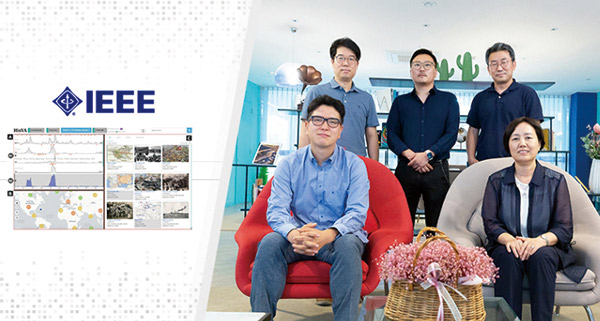
- Development of AI-based visualized technology for self study of history
- Professor Koh Sung-An of the School of Computer Science and Engineering and his team have developed a history learning system that shows visualized historical information. The system is designed such that AI can show historical events in connection with chronological and geographical information on the screen and recommend the learning themes. The system screen is largely composed of three modules: the event view that confirms the frequency of specific keywords (Theme) in the chronology table: the map view that displays historical events: and the resource view that provides visualized information of important classified historical events with images (thumbnail). If a user changes the theme or chronology and selects a specific area on the map, the data provided will change on the resource view.

